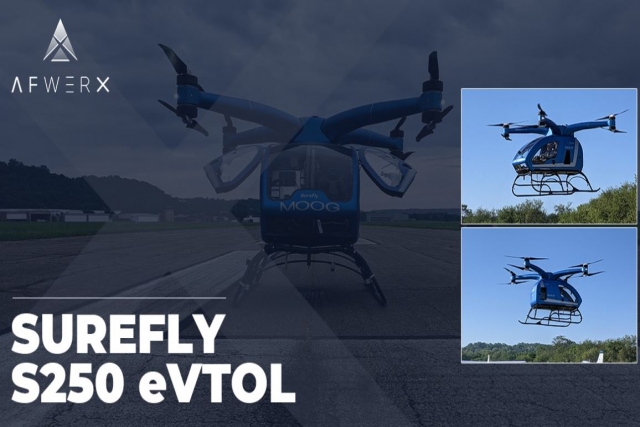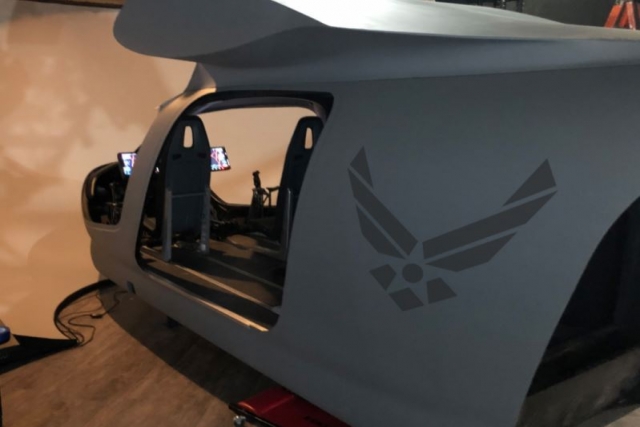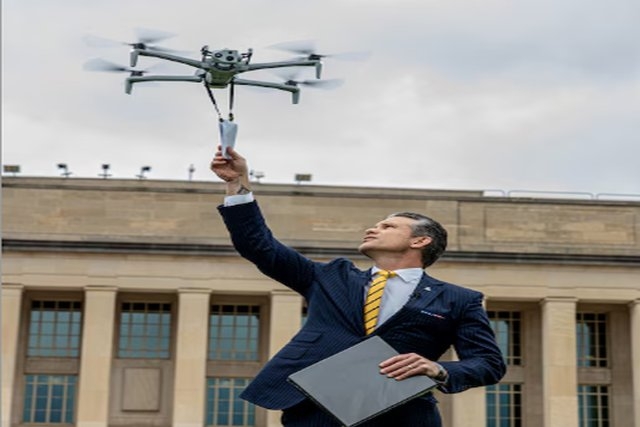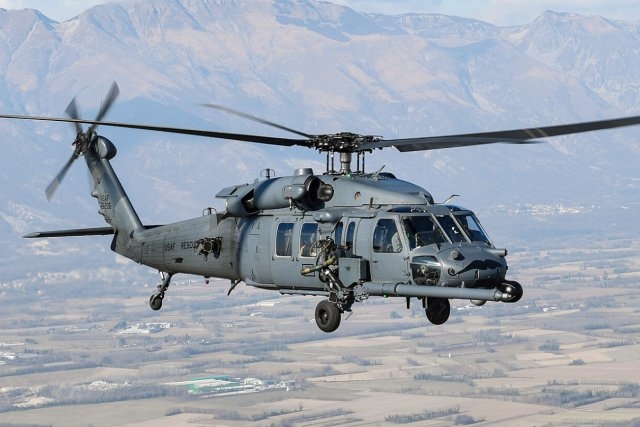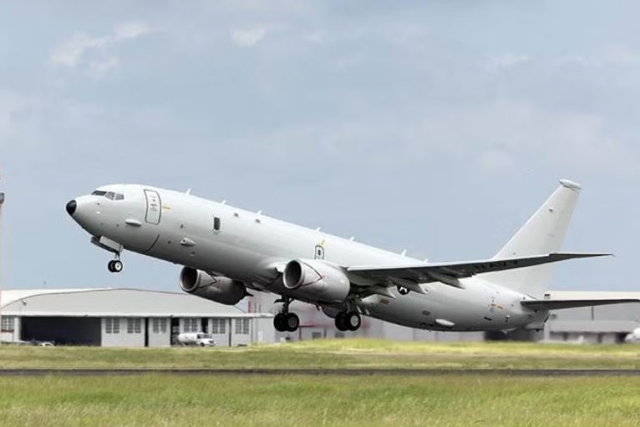First U.S.A.F.-Piloted Flight of eVTOL Vehicle Under Flying Cars Project Completed
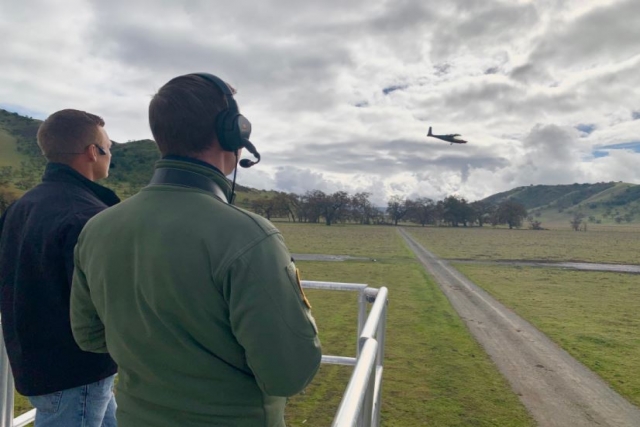
The U.S. Air Force’s AFWERX Agility Prime program took another step forward in December with the first government remotely piloted flight of an electric Vertical Takeoff and Landing (eVTOL) aircraft.
The Agility Prime is a non-traditional program seeking to accelerate the commercial market for advanced air mobility vehicles (i.e., "flying cars"). These may be electric vertical takeoff and landing (eVTOL) aircraft or may incorporate non-traditional electric or hybrid propulsion for manned or unmanned operation, with an onboard pilot, remote pilot, or autonomous control.
Capt. Terrence McKenna, an Air Force Reserve pilot with the 370th Flight Test Squadron and the Test and Experimentation Lead for AFWERX Agility Prime, participated in remote pilot in control, or rPIC, training on the Heaviside aircraft at the Kitty Hawk Corporation’s facility in Palo Alto, California from Dec. 13-17, 2021, the Air Force announced today.
The training culminated in the first government remote piloted flight of an eVTOL aircraft when he successfully flew the Heaviside via the Buddy Box System. This first Airman flight demonstrated another key milestone in the collaboration.
Kitty Hawk, in partnership with Agility Prime, is evaluating a training syllabus for their unmanned eVTOL aircraft, the Heaviside. McKenna assisted Kitty Hawk’s team of engineers in refining both their product and their training procedures.
The Heaviside Aircraft
The Heaviside was first deployed in 2019 after nearly a decade of development. This aircraft’s maximum takeoff weight is approximately 880 pounds, allowing for a passenger up to about 176 pounds. Heaviside can travel at speeds of roughly 180 miles per hour, but most significantly, it remains quiet: only about 35 decibels at 1,500 feet above ground level, which is slightly louder than a whisper and about 100 times quieter than a helicopter. Additionally, Heaviside has demonstrated 237 transitions between hover and forward flight, as well as a range of 100 miles on a single charge.
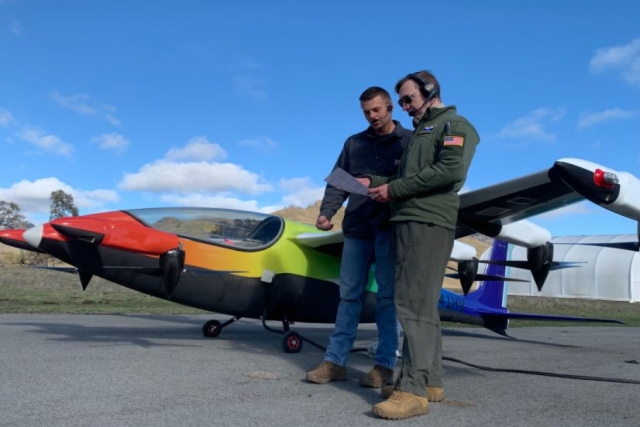
Heaviside takes advantage of several advanced technologies, such as Distributed Electric Propulsion, as this aircraft has eight fully electric propellers. Additionally, Lane explains that Kitty Hawk has refined its use of automated flight capabilities through its Ground Control Station, or GCS; engineers can upload a flight plan, telling the vehicle to fly to certain locations, and the Heaviside can perform the entire flight profile without human intervention.
However, a training feature of the Heaviside is the Buddy Box setup, which is a secondary remote controller wired to a primary controller. This system is intended for the use of an instructor and a student performing the duties of an external pilot in manual flight mode; the trainee handles and operates the aircraft while the instructor provides supervision and support.
The Buddy Box system works much like a driver’s education car: the driving instructor is in the passenger seat and allows the student to manually operate the vehicle, but is ultimately in full control and able to brake if necessary. Likewise, for a Buddy Box setup, the instructor can override any direction that the rPIC gives the aircraft from the primary controller.
The Heaviside and future models will not rely on an external pilot for flight operations, but utilizing this training method now affords the opportunity for more immediate and qualitative feedback on the aircraft, while also building out a training syllabus for the GCS operator.
Additional Successes: BVLOS Flight and FlyOhio
The first U.S. Air Force-piloted flight of an eVTOL builds on recent highlights and milestones in the Agility Prime program. On Nov. 10, 2021, Kitty Hawk successfully completed its first beyond visual line of sight, or BVLOS, flight during the Ohio Advanced Air Mobility Showcase, organized by FlyOhio, at the Springfield-Beckley Municipal Airport, near Wright-Patterson Air Force Base.
“In Ohio, we hit an important milestone making us the first UAM provider to fly a remotely-piloted aircraft BVLOS in a non-restricted air space,” said Sebastian Thrun, Kitty Hawk chief executive officer.
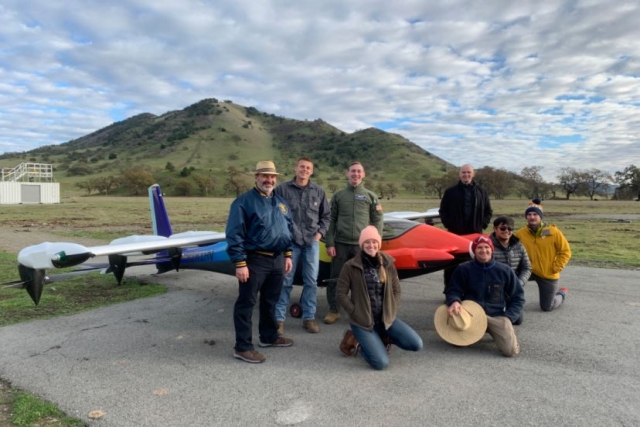
Using SkyVision, a ground-based detect-and-avoid system developed by the Air Force Research Laboratory, in conjunction with the Ohio Department of Transportation, Kitty Hawk safely maneuvered Heaviside among other manned flight traffic.
Heaviside’s Goals and Ecosystem Impact
The Heaviside’s utility extends into both the commercial and military worlds. Kitty Hawk hopes to provide a commercial air taxi service, but their eVTOL presents a multitude of opportunities for both civilian and government use.
Ultimately, Kitty Hawk hopes to lower costs with their vehicle, making aerial ridesharing more accessible and affordable to the general population.
McKenna noted that potential military and industry use cases largely overlap for the Heaviside: the aircraft could transport injured personnel, evacuate people from hostile territories, deliver cargo or first aid, make emergency medical services more accessible in rural areas or congested cities, and assist with firefighting or search and rescue operations, among many other potential scenarios.
“What we’re trying to do is develop a training pipeline in the Air Force to understand these types of aircraft,” McKenna said. “If we can get a joint Air Force-industry experimentation team, we can now open the aperture on engagements for these types of aircraft dramatically.”
